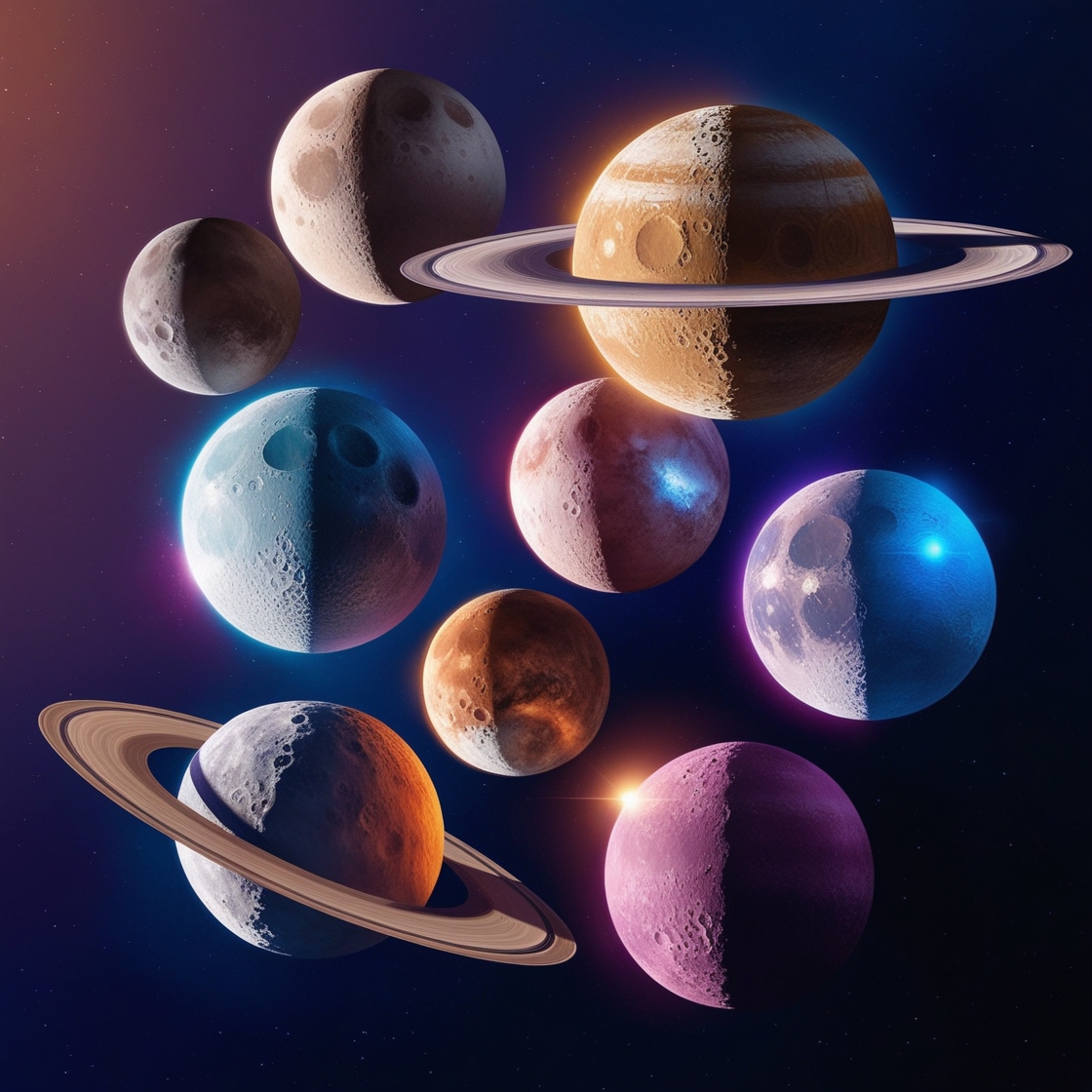

 Exploring the Captivating Moons of Our Solar System
Exploring the Captivating Moons of Our Solar System
The universe is full of wonders, and our solar system is no exception. While Earth has a single moon, many other planets boast multiple moons. Let’s dive into the intriguing world of these celestial bodies.
Earth’s Unique Relationship with the Moon
Unlike other planets in our solar system, Earth has only one moon. This lone satellite has inspired countless poets, writers, and artists, adding a touch of romanticism to our night sky. The moon’s light has illuminated human imagination, reflecting the poetic nature of our species.
The Abundance of Moons Around Other Planets
Jupiter: The Moon King
Jupiter, known as the king of planets, also reigns supreme in the moon department with a staggering 63 moons as of the last count in 2009. Among these, 8 are regular satellites with 4 large and round moons. The remaining 55 moons are classified as irregular satellites, adding to the diversity of this giant planet’s celestial entourage.
Saturn: The Ringed Wonder
Coming in second, Saturn boasts 61 moons. Known for its stunning rings, Saturn’s moons contribute to its magnificent presence in our solar system.
Uranus: The Mysterious Blue Giant
Uranus, with its 27 moons, holds the third spot. This planet’s moons add to the enigmatic charm of this distant world.
Other Planetary Moons
Neptune has 13 moons, while Mars has 2 small moons. Mercury and Venus stand out as the only planets in our solar system without any moons. Interestingly, Pluto, although reclassified as a dwarf planet, has 3 moons.
Earth’s Potential Second Moon
In 2020, scientists discovered an asteroid that was temporarily orbiting Earth, leading to speculation about Earth having a second moon. This small satellite, though still a mystery, was declared a satellite by the International Astronomical Union’s Minor Planet Center.
The Formation of Earth’s Moon
The formation of moons is a complex process. Earth’s moon was born from a colossal collision about 4.5 billion years ago when a Mars-sized planet named Theia struck Earth. The debris from this impact coalesced to form our moon.
Imagining a Second Moon
While Earth currently enjoys the presence of a single moon, the idea of a second moon twinkling in our night sky is a fascinating thought. Such a scenario would undoubtedly add a new dimension to our understanding and appreciation of the cosmos.
Conclusion
The moons of our solar system are as diverse as they are numerous. From Jupiter’s multitude to Earth’s solitary companion, these celestial bodies continue to captivate our imaginations and deepen our understanding of the universe.
By exploring the moons of our solar system, we gain insight into the intricate and varied nature of planetary systems. Whether you’re a stargazer, a poet, or simply curious, the moons provide a fascinating glimpse into the wonders of space.
For more interesting facts about space and our solar system, stay tuned and keep exploring the cosmos!